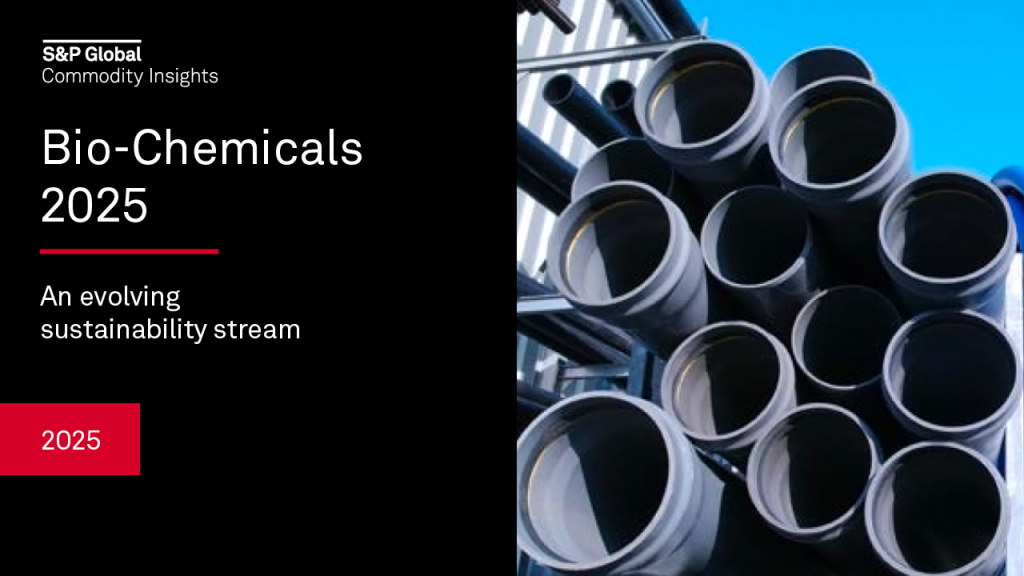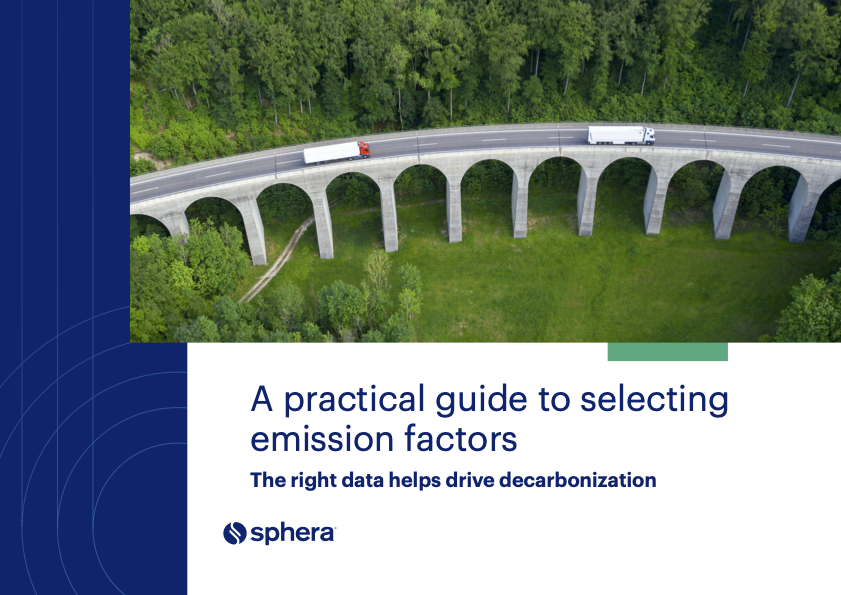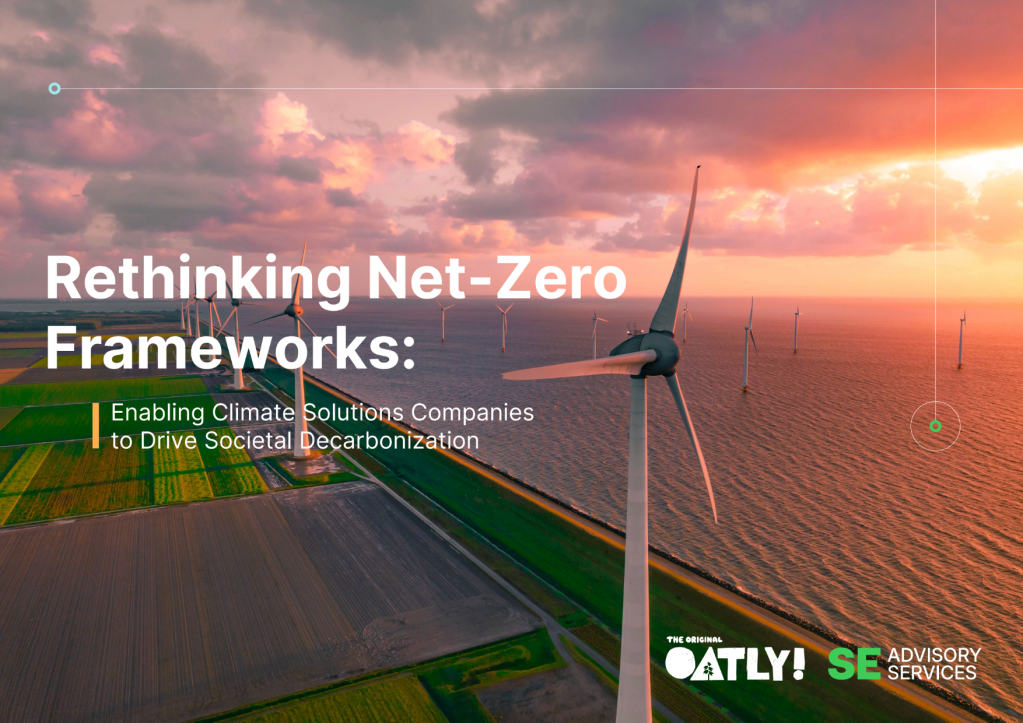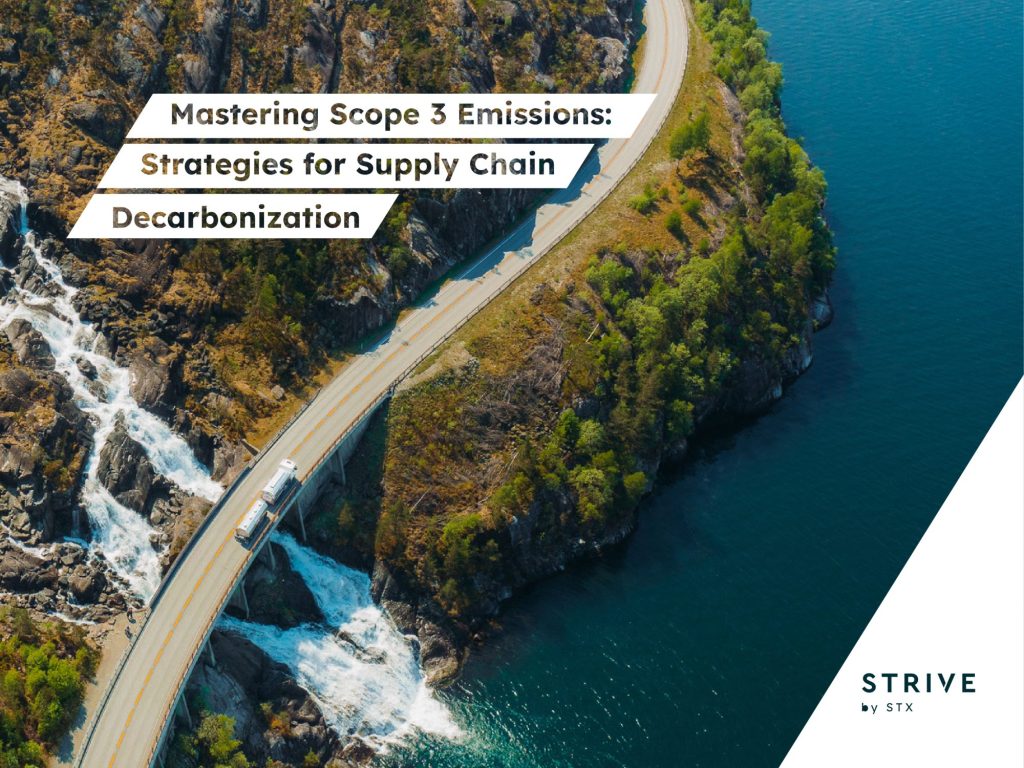The Business Case
The Big Picture
Climate change isn’t just an environmental concern; it is very much a problem that applies to businesses as well.
The change in climate threatens to undermine the “free” services that provide the economy’s resource base. The earth’s natural ability to cleanse the air and replenish fresh water, prevent erosion, and fight off pests is in a state of decline, unless something can be done to reduce and minimize the amount of pollutants emitted into the atmosphere.
Leading companies also recognize that there are often compelling business reasons to reduce emissions of heat-trapping greenhouse gases (GHGs) that go beyond the obvious concern of protecting the natural environment. By minimizing dependence on fossil fuels and improving operational efficiencies, companies can save money, reduce compliance costs, and avoid additional tax burdens.
Proactive companies also can buffer themselves from climate-related business impacts such as rising insurance rates for industrial activities and tighter regulations that affect operating costs. Reducing GHG emissions also can create future business opportunities such as providing cleaner energy sources, more efficient products, and advanced vehicle technologies.
Many actions that companies can take to reduce emissions are common to most organizations and potentially cost-effective. Examples include increasing energy efficiency in manufacturing or office equipment, diversifying energy consumption with renewable energy, and assessing the risk-limiting advantages of taking early action. Some actions, such as tracking the carbon efficiency in product transport and employee travel, can be taken in increments and require little or no upfront investment. Other actions may be taken over time, such as replacing equipment with models that have greater energy efficiency.
Key Players
Key players in climate change fall into several categories:
Leading companies. Industry role models and early adopters set the mark for other companies to reach. Companies can address climate change by reducing the impacts of business operations in general and providing climate-friendly products. For example, some car makers have been bringing hybrid vehicles to the market, while others are investing in promising hydrogen fuel-cell technology that eliminates toxic tailpipe emissions.
Government agencies. In addition to implementing policies and regulations, some government agencies provide assistance to companies in a number of areas. Within the United States, the Environmental Protection Agency and the Department of Energy are the federal agencies most active in climate programs and related areas such as increasing energy efficiency and outlining how companies can receive credit for emissions reductions. There also are state-level agencies working on climate issues as well as some local and regional governments.
Nonprofit organizations. Numerous nonprofit organizations are working with businesses on climate change. Some, such as the Pew Center on Global Climate Change, tend to be research- and policy-oriented. Others, such as World Wildlife Fund and Environmental Defense, have established programs to work with companies across the country. Still others, such as the Clean Air Cool Planet and the California Climate Registry, work on a regional, state, or local level.
The Upside
- Reduced Operating Costs: Greenhouse gas emission reduction measures go hand in hand with energy- and resource-efficient practices, leading to cost and energy savings. Businesses that improve efficiency can reduce carbon emissions by 25 percent to 50 percent while lowering energy costs.
- Enhanced Brand: Developing a climate strategy can enhance public relations, especially as consumers begin to notice the effects of global warming and press companies to respond. BP, which has made a public commitment to reducing its climate impact, has been ranked among the most respected organizations in the world, due in part to this commitment.
- Increased Market Share: Businesses that are flexible can respond to climate change regulations by changing product design or manufacturing operations, or by offering new products and services that address or satisfy climate concerns.
- Improved Productivity and Quality: Companies that closely examine their operations to inventory and regulate greenhouse gases are likely to find other ways to streamline and improve functionality. This leads to significant financial savings and increases production efficiency.
- Reduced Uncertainty: By participating in voluntary GHG markets, companies can prepare themselves for a future that is likely to be “carbon constrained” and reduce the risk of being unprepared for future regulations.
Reality Check
Many businesses are overwhelmed by the concept and scope of climate change, and don’t understand how their actions contribute to the problem. They also often don’t know what they can do or how they can take action to help reduce global warming. Uncertainty exists regarding the nature, scope, and timing of government regulations. The Kyoto Protocol, which has been ratified by a number of countries, sets binding emissions targets, forcing many countries to reduce greenhouse gas emissions. Most states have inventoried greenhouse gas emissions and some have voluntary programs working with businesses to reduce emissions. However, emissions reduction programs can vary by jurisdiction, making participation costly and complex for some companies.
Action Plan
- Understand the Issue. It is best to start by gaining an understanding on climate change and how it may affect the company, in its present state and in regards to future ambitions. Learning the issues and concerns that have an impact on climate systems, natural processes, and human infrastructure is an important step towards understanding how a company’s operations may be affected. Becoming aware of the political response, both at an international and national level, is an important step towards understanding how a company may be affected by government regulations. For example, future restrictions on carbon dioxide emissions, or carbon-based fossil fuels, will have impacts across the entire economy but may impact energy-intensive industries disproportionately.
- Identify New Opportunities. The opportunities for improving climate conditions are always on the rise with new projects and new investments becoming readily accessible for those who want to make a difference. Companies that produce energy or use large amounts of energy will likely be rewarded in the future for investments in energy sources that don’t contribute to the greenhouse gas effect. Companies that promote energy efficiency have seen an overall savings that continues to improve with time, and companies that invest in the development of energy-efficient products can expect revenue increases over time as market share grows compared to their less-efficient counterparts.
Leads
- U.S. Environmental Protection Agency’s Climate Change Information web site provides a very comprehensive overview of the climate change problem.
- EPA’s Partnerships page lists the federal government’s voluntary partnerships between private sector and government that address climate change, including Climate Leaders, Climate Challenge, Energy Star Buildings, WasteWise, and Natural Gas Star.
- United Nations Framework Convention on Climate Change is an international treaty that includes a majority of countries around the world. The treaty addresses the issue of global warming by determining what can be done to reduce climate impacts while finding ways to cope with inevitable temperature increases. Their site offers a variety of resources for beginners and experts, including the official UNFCCC and Kyoto Protocol texts.
- The Business and Climate web site, created by GEMI has a wealth of resources, including an overview of the issue; steps in the planning process to address climate change; practical steps such as facility design, energy efficiency, management initiatives.
- The Pew Center on Global Climate Change provides climate change science and policy information for businesses and policymakers.
Bottom Line
Industry produces products, along with non-product outputs — wastes and emissions — that can harm the natural world in both predictable and unpredictable ways. Some of these wastes and emissions — nitrous oxide, methane, carbon dioxide, and other greenhouse gases — threaten the long-term outlook for the earth’s climate. Learning how to manage climate protection as a business asset can make your company a better neighbor among stakeholders, improve your bottom line, and reduce threats to the environment and public health.
Related Articles
Ways to Green a Small Business: Smaller firms may not have the large budgets needed to deploy the latest green technologies, but there is still plenty they can do to limit their environmental impact.
Making the Business Case for Ecosystems: Working with the World Business Council for Sustainable Development’s Future Leaders Team, Madeline Brien of DNV shows how ecosystems fit into effective and successful plans for sustainable development.
Goldman Sachs Expects Big Returns from Going Green: The investment giant’s ambitious series of environmental goals, are directly in line with its primary goal of making money, Christopher Wright reports for the Ecosystem Marketplace.
Updated October 2007 by Christina Syriani.









